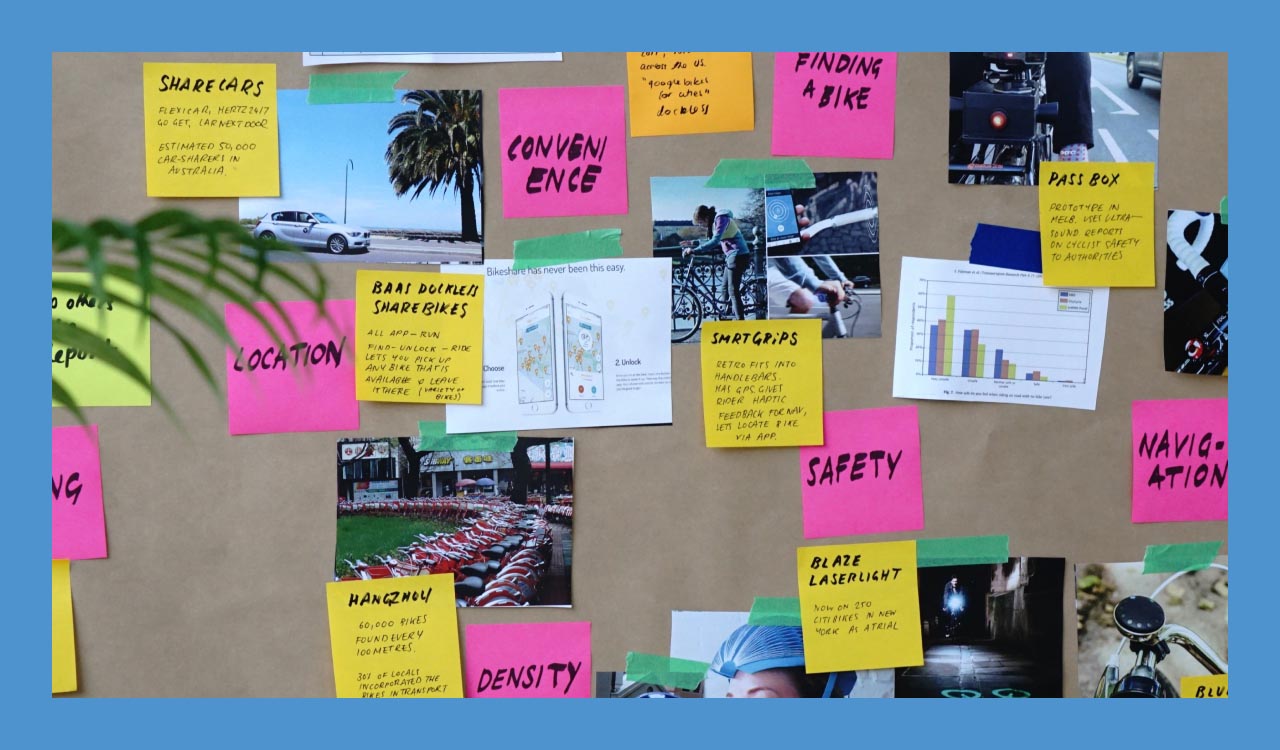
Yes, I do hope that you read the title to the tune of the Edwin Starr classic "war—what is it good for?", but in this case, the answer is not "absolutely nothing"—it's quite the opposite actually.
So what is website strategy and what is it good for?
A website strategy is a thought-out plan that answers a series of questions.
1. What is the goal for the website?
2. Who will be using it?
3. How are we going to make it happen?
What is the goal for the website?
The website needs to support the business goals of your company. If you’re in the business of selling products online, the goal of your website is to sell. If you’re in the business of selling little-known products online, the goal of your website is to educate and sell. If you’re in the business of selling little-known products in real life, the goal of your website is to educate, collect leads, and make it easy for your customer to contact you. In basic terms, the goal of your website should be structured something like this: The main goal—the absolute most important thing you want your customers to do on your site. For example, if your company deals with large B2B sales, the main goal of your website would be for the user to contact you by submitting an inquiry, calling, or sending an email. Secondary goal(s)—a few objectives that your business would benefit from but are not detrimental to your business. These types of goals might look something like customer education through a blog, growing an email list through email sign-ups, or gaining a following on social media through links on your website. One thing to note, secondary goals shouldn't interfere with the main goal of the website because as much as growing a following on social media might be important, it shouldn't take away from the core goal of the business. The main idea here is that to arrive at our destination of building a successful website, we need to know how to get there and how to know that we were successful at doing so when we arrive.
Who will be using the website?
Starting with a more general “who” and drilling down to the specifics, to design a really good website experience, we need to know the target audience of the users. That might include age, gender, lifestyle, profession, and so on. Typically, the website user demographic will be your current customer. Whether it’s somebody fairly specific, or a more general audience, we need to figure out who they are before designing a website for them.
How are we going to make it happen?
To summarize, up to this point, we performed discovery and collected qualitative and quantitative research. Now, armed with key insights, we're ready to move on to the structure, design, and development of the website. A thought-out website strategy is often an overlooked part of website development. But before building a house, an architect needs to make a plan for everything to come together at later stages—and that's exactly what a website strategy is good for.